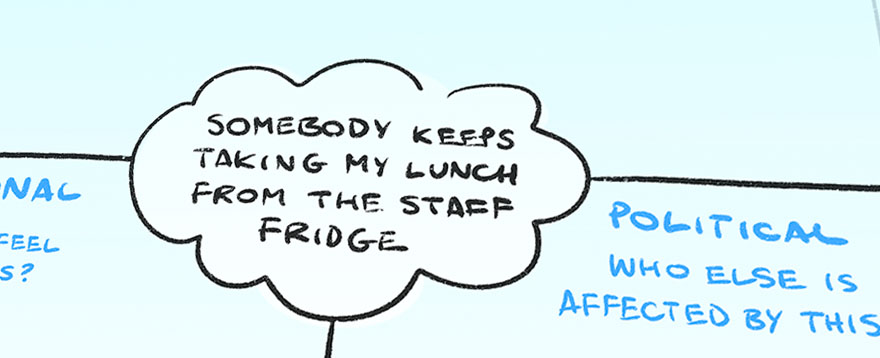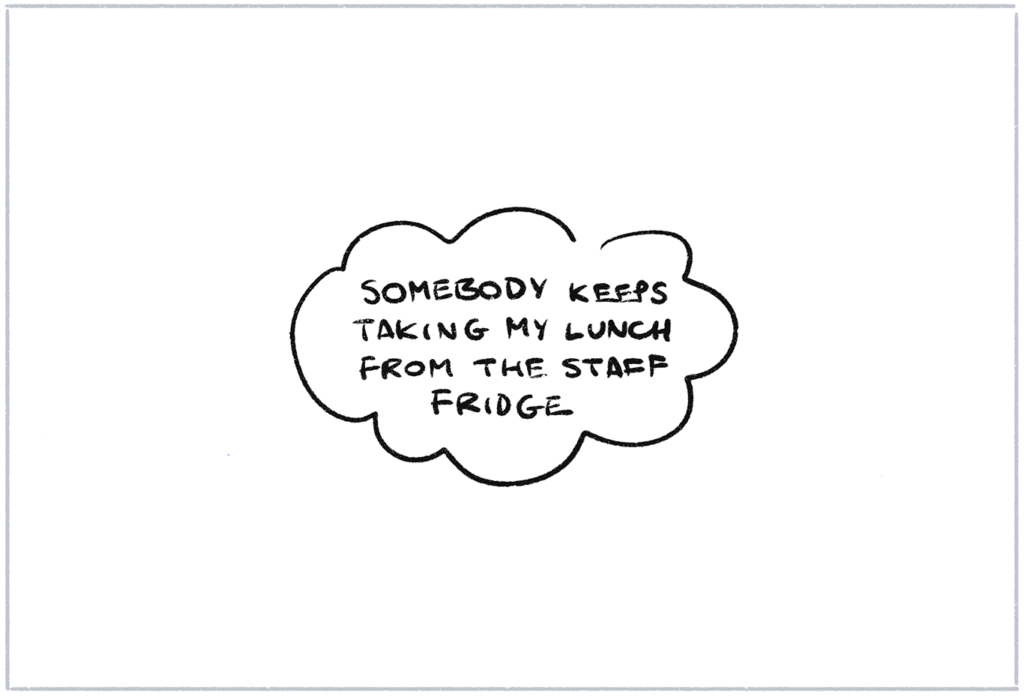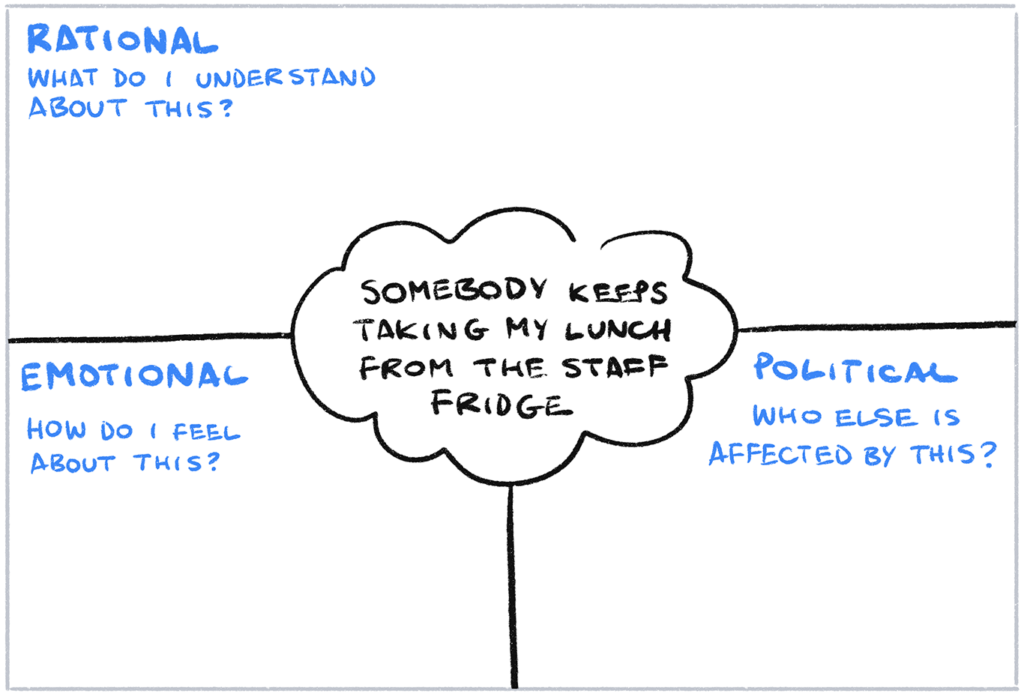
As Albert Einstein might have said*, “Given one hour to save the world, I would spend 55 minutes defining the problem and 5 minutes finding the solution.” It’s so important to understand the problem before jumping in to tackle it, isn’t it?
When it comes to understanding (and solving) problems, we tend to think of ourselves as rational creatures, who form opinions and make decisions based on facts and logic. But as you probably know, our emotions play a much larger role in opinion-forming and decision-making. We have all sorts of unconscious biases and emotional triggers**. What’s more, a lot of problems don’t really exist in isolation, but are connected to other problems and solutions. We might come up with a solution to a problem, that then upsets something else. A great example of this holistic thinking in action is how pet stores in San Francisco (and other cities) can now only sell rescue animals, to combat the spread of inhumane ‘puppy mill’ breeding.
So there’s actually three parts to any problem:
- Rational – objective, facts and data
- Emotional – subjective, feelings and stories
- Political – associative, connections and systems
So, how do we use only 4 lines to understand a problem? I’m glad you asked. Trying to understand all parts of a problem in your head is just too hard. Let’s look at how you can do a simple sketch to help. To start with, write a succinct sentence about your problem in the middle of a page, and draw a cloud around it, like this:

Next, draw three lines radiating out, pretty much equally spaced, and write these questions:

Now, fill each of those three spaces with whatever you think is relevant, to answer each question. You can write bullet points, or draw pictures, or maybe even a mind map of connected thoughts. Go nuts.
This is a simple visual way to explore a problem space. To really do this properly, I’d take Albert’s advice and spend at least 55 minutes on it, and I guarantee that you will have a much deeper, nuanced understanding of whatever your problem is. And feel free to adapt the prompt questions to your context.
Depending on the problem, your page should start revealing some insights to you. Maybe you don’t have much in the ‘rational’ space, but a lot in the ‘political’ space? Or maybe there’s SO MUCH on the page, that you need to scope the problem down a little bit?
Try it out; I hope you find this technique useful, for you and your team.
See, don’t you feel smarter already?
* There are so many of these sorts of quotes around, citing Albert Einstein, that I’m sure he couldn’t have come up with all of them. I mean, how would he have found time to work, in amongst all that brilliant commentary? Oh, yeah that’s right, he was a genius. 😉
** My go-to books on this topic are:
- Thinking, Fast and Slow by Daniel Kahneman,
- Behave, by Robert Sapolsky, and
- Influence: the Psychology of Persuasion, by Robert B Cialdini
(These links have a referral code)